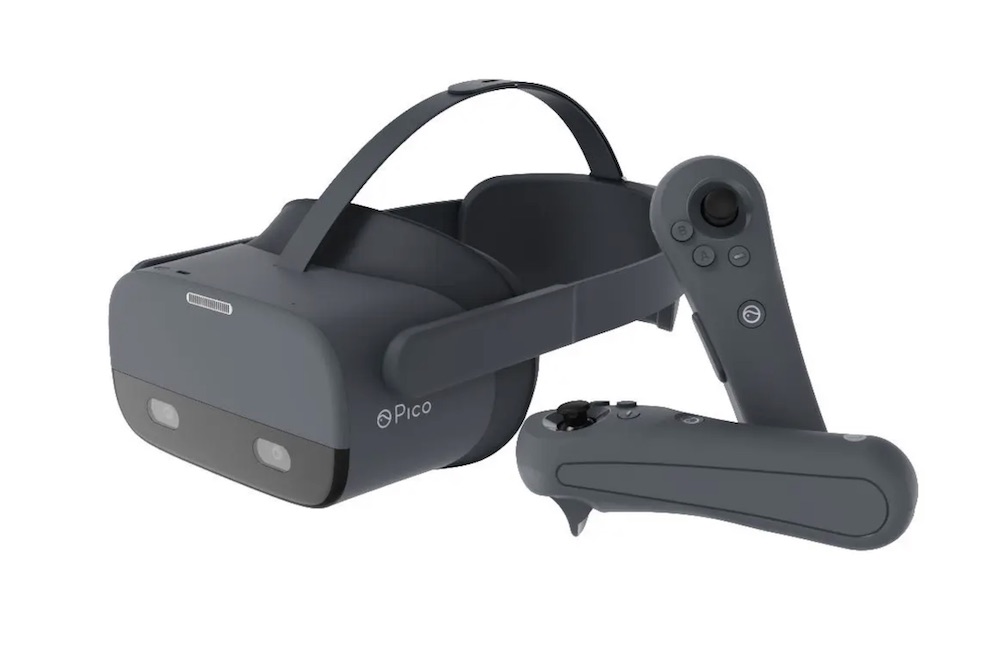Technology has for a long time made it possible to develop intelligent building systems that adjust the indoor climate in terms of light, CO2 level and temperatures, but also allow you to control all functions in the system via individual control functions.
However, there are several things these systems do not take into account; for example, heat and humidity depend on the number of people in a room as well as the size of the room. Many people in a small room get the temperature to rise quickly, and most of us have tried to stand in unbearable heat at an indoor concert or a social event. Another thing that is relevant to the temperature in a room is what activity is carried out, as the body naturally emits more heat at high movement than at standstill. So 100 people dancing will cause a much higher temperature than 100 people standing still, and then there is the inevitable fact that people and bodies are biologically different, so some absorb and emit heat better than others.
Another caveat about the existing building systems is that they are very general and do not take into account the individual and its preferences, because you have certainly experienced standing and freezing while the person right next to you is perfectly.
However, new technology has made it possible to create even more intelligent building systems that take into account precisely these differences and factors, such as the number of people and activities, so you can have the ultimate indoor climate.
New technology enables an indoor climate adapted to the individual
As mentioned above, existing building systems do not take into account the individual, but a new system developed by Fischer has made it possible to individualize your indoor climate down to the smallest detail. From an app you have the opportunity to interact with the system and provide feedback so you can actually train your system to know your preferences and your spaces. You tell f.ex. the system, if you are bothered by the heat, light or anything else in the room, and thereby the system adapts to your personal needs. Even more advanced is that the app detects where in the room you are, so that you get a set point that all people in the room help to influence when they give feedback. Thus, you get a system and an indoor climate that is adapted to everyone on the site, because everyone has helped to influence it.
Of course, there are some essential factors that apply if such a system is to function optimally, and this applies especially to the user’s behavior. F.ex. is it an obvious prerequisite that the window is not open if you adjust the amount of fresh air to enter the room, or that you do not light up a wood stove while trying to change the room temperature. Basically, it is an intelligent and advanced system that allows the user to interact and personalize the functions to suit the individual.
Read more about the new type of building system here.
Summary
Article
Get a better indoor climate with advanced and intelligent building management
Description
Technology has for a long time made it possible to develop intelligent building systems that themselves adjust the indoor climate in terms of light, CO2 level and temperatures, but also allow…
Author
Martin M. Jørgensen & #13;
Publisher Name
IT-Artikler. dk
Publisher Logo
Written d. 10 sep 2016-No comments









